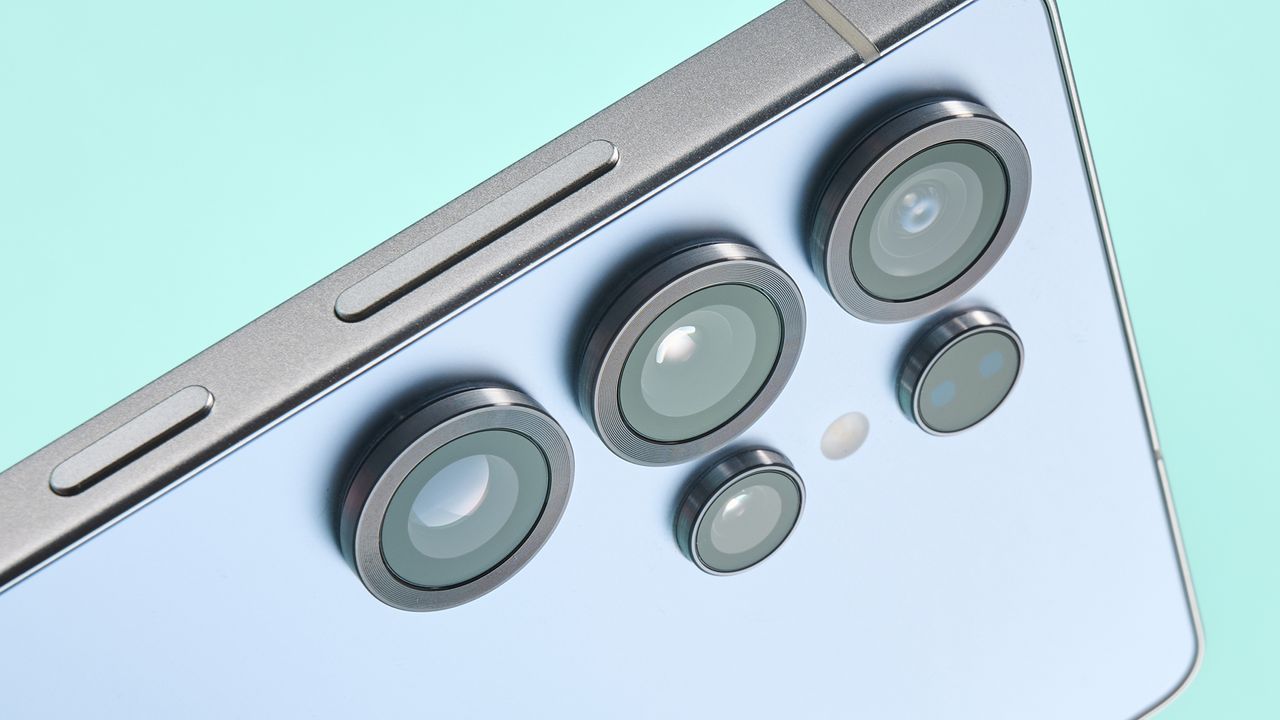
(Image credit: Future)
Samsung is expected to release its next wave of flagship phones in February 2026, with the Galaxy S26 Ultra leading the pack. According to a new leak, Samsung's new phone is going to have a new lens, offering a much wider aperture than previous devices.
This comes from @UniverseIce, an established source of early information on smartphones, so there's a good chance that the leak is accurate. Not much information is given, just a snippet of a screen, with details of some of the camera specs.
That includes the mention of F/1.4, while the accompanying post says that it's "S26 Ultra HP2 F1.4". That suggests the Galaxy S26 Ultra will have an F/1.4 aperture on its main camera, a change from the F/1.7 on the Galaxy S25 Ultra.
So what does all this mean?
The Samsung Galaxy S26 Ultra is expected to use the Samsung ISOCELL HP2 sensor (that's the "HP2" part). This is the same 200-megapixel sensor as the Galaxy S25 Ultra. But instead of changing the sensor, it looks like Samsung is going to change the lens.
It's the lens that governs the aperture of the camera and a move to F/1.4 would be much wider than the current F/1.7. In traditional photography terms, the aperture refers to the size of the opening that lets the light through onto the sensor – the smaller the number, the larger the opening.
Larger apertures allow more light to hit the sensor, so it's often preferred for low light photography, which is likely what Samsung is aiming to achieve here. But aperture doesn't work in isolation: it's linked to the exposure time – the amount of time the sensor is exposed to the light source – as well as the depth of field, which changes how much of the image is in focus.
What impact will this have on the Galaxy S26 Ultra?
It's likely that the shift to F/1.4 is to boost low light performance, by letting more light onto the sensor for a shorter exposure time. That helps to make the most of the light available, while also reducing shake that comes with longer exposures.
This can also mean that the camera can avoid ramping up the ISO – the sensitivity of the sensor – which leads to noise.
That's all great, but it has a downside. Using a larger aperture narrows the depth of field, so less of the photo is in focus. For something like a landscape this doesn't matter, but as things get closer to the lens, it's much more noticeable.
Wide apertures are often used for portraits for this reason, to make the subject stand out from the background, creating that typical bokeh effect.
The danger that comes with pushing the aperture too wide on a standard camera, is the loss of focal depth on fairly normal shots. While it allows for some types of creative shooting, some users taking everyday photos might find that a narrower section of the image is in focus.
Samsung is expected to announce the Galaxy S26 family of phones towards the end of February 2026.

-
 C114 Communication Network
C114 Communication Network -
 Communication Home
Communication Home


